Visualizations display data in a visual format on Intelligence dashboards. They transform raw data into clear insights, making it easier to track performance, compare results, and identify trends.
Each visualization type presents data differently. Options include grids, line charts, pie charts, and heat maps and are designed to highlight specific aspects of a dataset. The selected visualization determines how data relationships and patterns appear within a dashboard.
Visualization types can be updated at any time during dashboard creation or editing, allowing flexibility as reporting requirements change.
Change Visualization types as necessary and offers a variety of Visualization Types to select from.
Grid
Displays data in a structured table format. Grids are useful for viewing detailed records, comparing values across categories, and showing calculated results or subtotals. Both standard and compound grid options are available for different levels of data complexity.
KPI Visualizations
KPI visualizations focus on key performance indicators and progress toward goals. These visualizations can show single or multiple metrics, comparisons, or target-based measures.
Common types include:
KPI – Displays a single metric with contextual comparison or goal value.
Multi-Metric KPI – Displays several related metrics within one visualization.
Comparison KPI – Compares two related metrics, such as current versus prior period.
Gauge – Displays a single value or range on a circular or linear scale to show progress toward a target.
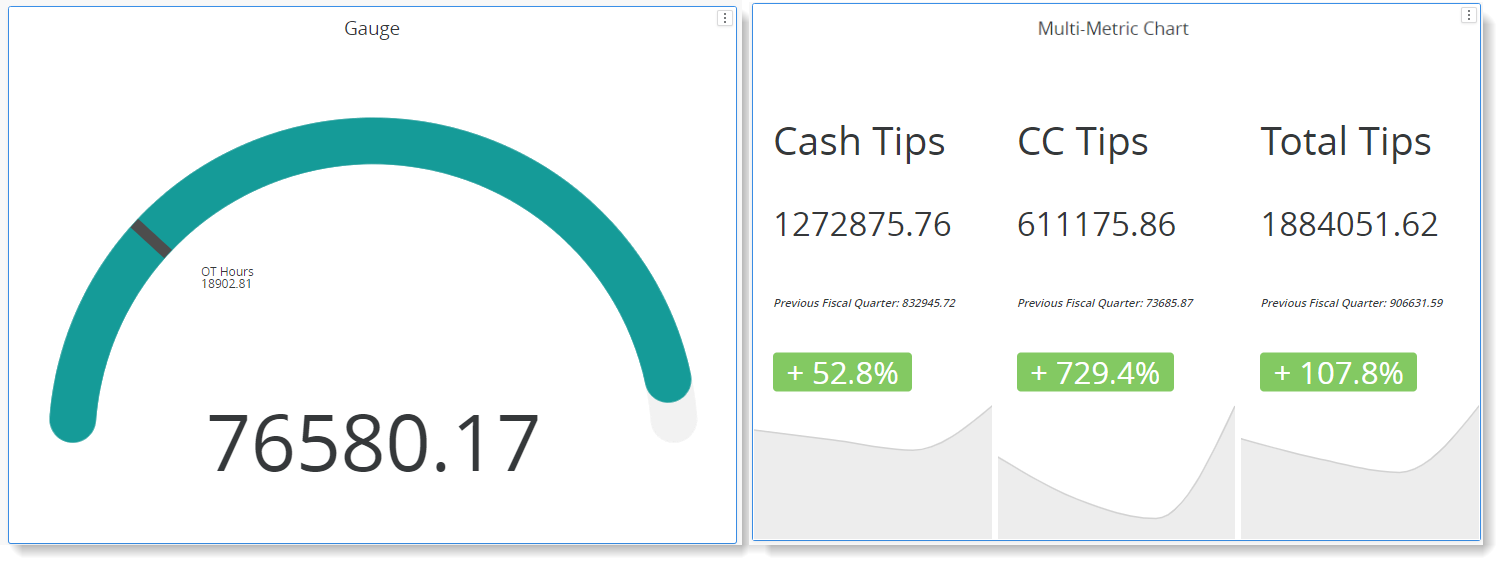
Bar Charts
Displays data as horizontal or vertical bars, making it easy to compare quantities across categories. Bar charts are useful for identifying trends, differences, and contributions within datasets.
Several bar chart variations are available, including stacked, clustered, synchronized axis, and matrix bar formats.
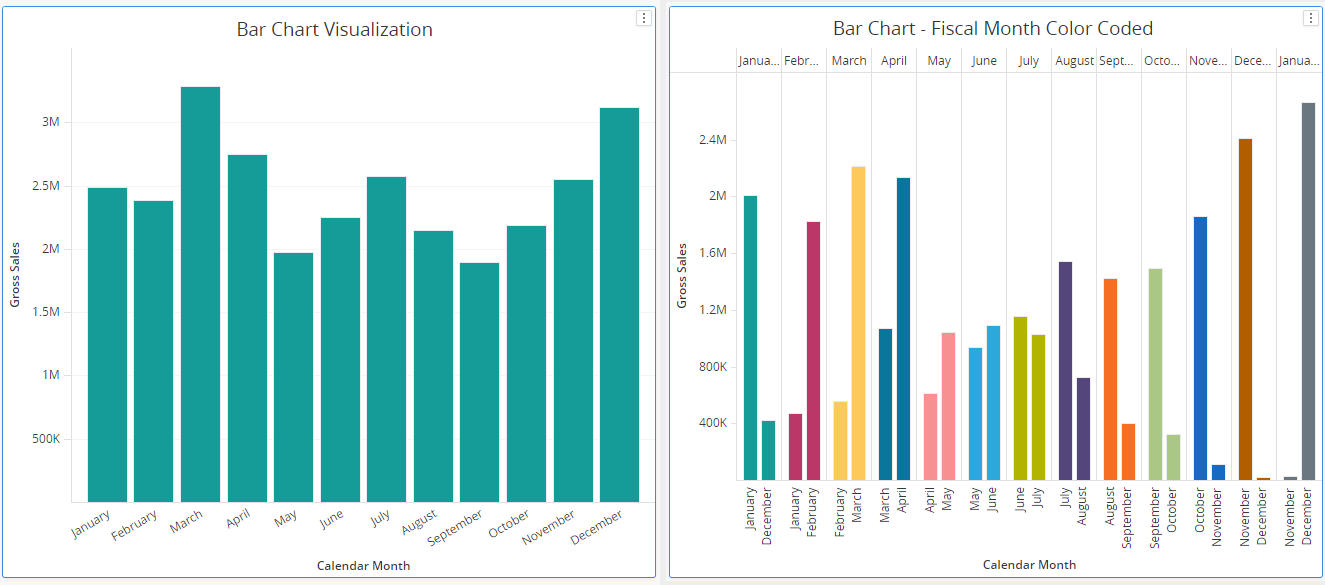
Line Charts
Displays data as connected points that show changes over time or across dimensions. Line charts are effective for revealing patterns, cycles, or long-term trends.
Variations include standard line charts, dual-axis line charts, and area charts.
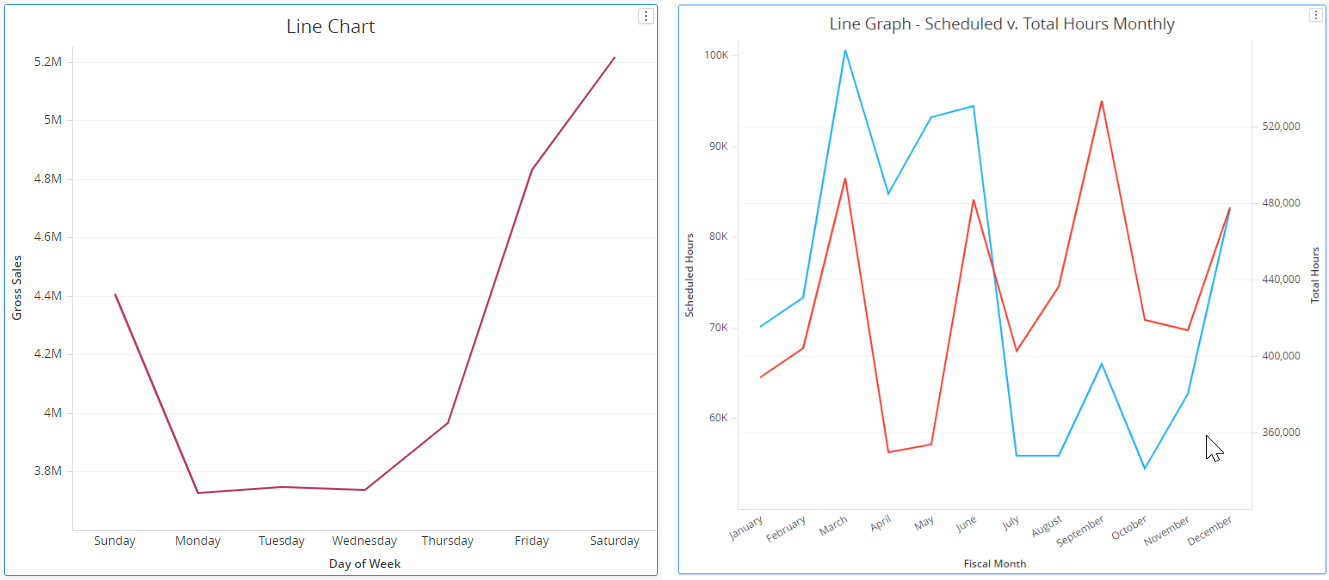
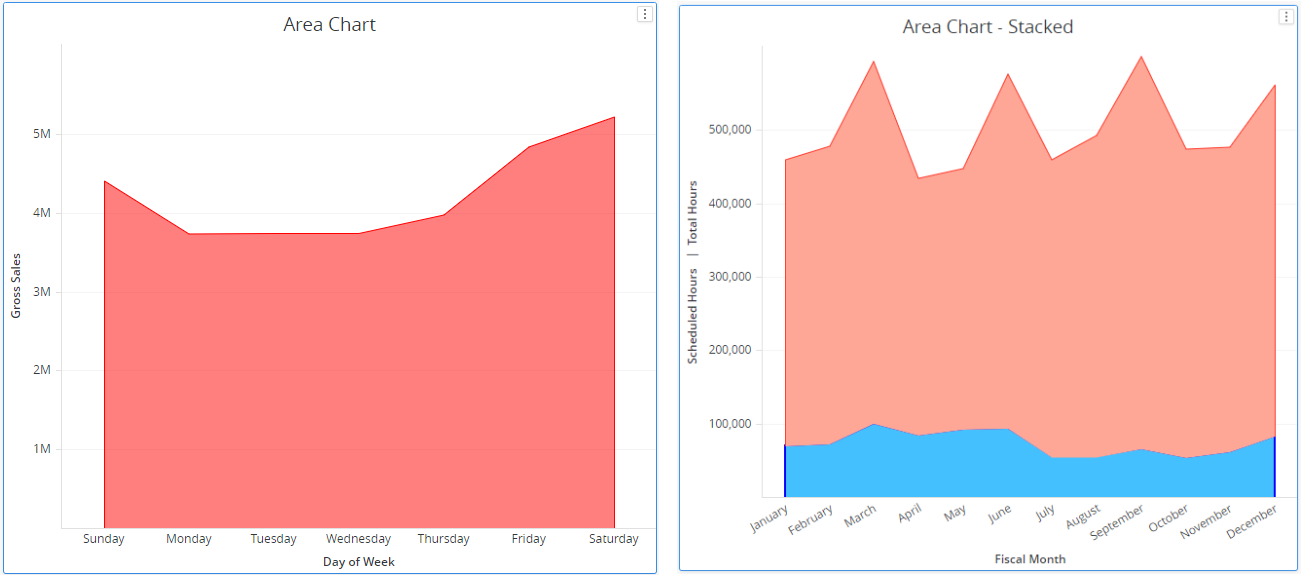
Pie Chart
Displays data as slices of a circle, with each slice representing a category’s contribution to the whole. Pie charts help visualize proportions and percentage breakdowns within a dataset.
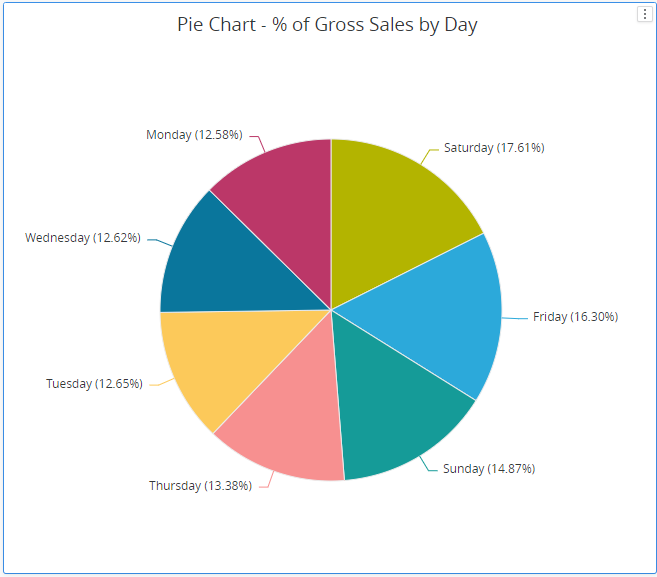
Scatter Plot
Displays data points along two axes to show relationships between variables. Useful for spotting correlations, clusters, or outliers in complex datasets.
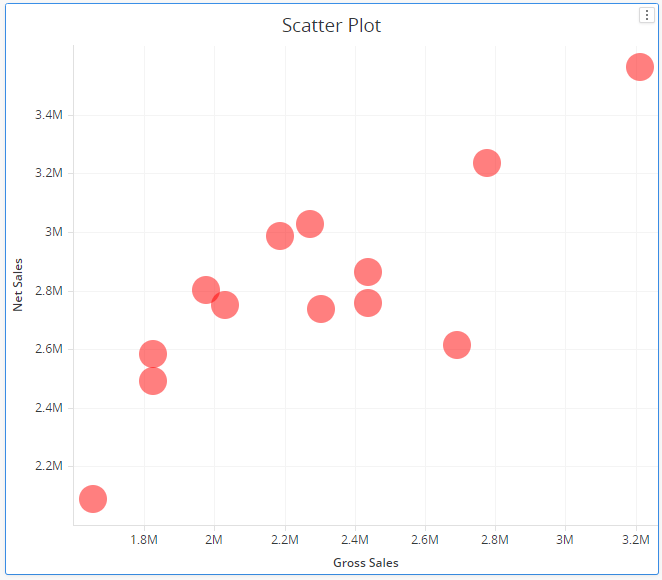
Gantt Chart
Displays project timelines as horizontal bars. Each bar represents a task or milestone, making it easier to track duration, dependencies, and progress.
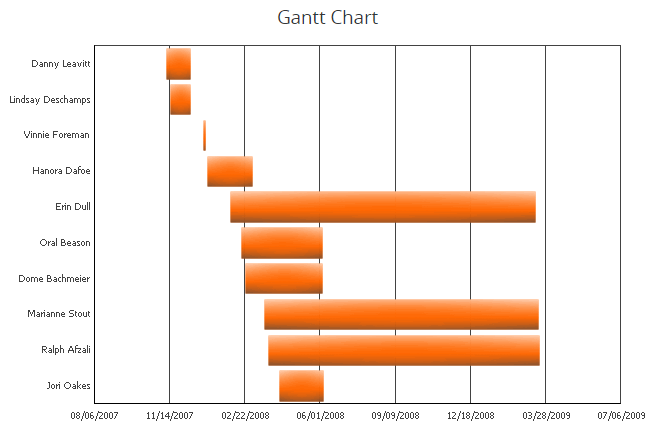
Map
Displays geographic data on a map, using points, lines, or shaded areas. Color gradients or markers can indicate differences in value or category by location.
Heat Map
Displays data as a grid of colored cells, where each color intensity corresponds to a value. Heat maps highlight patterns or concentration areas across two dimensions.
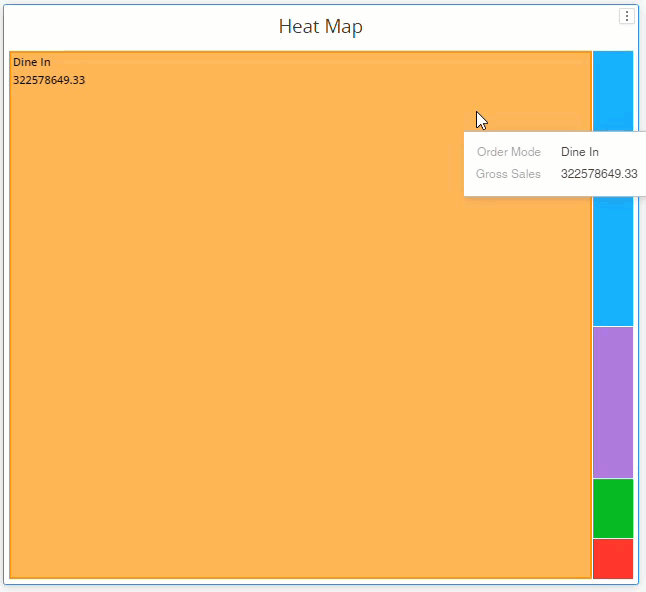
Treemap
Displays hierarchical data as nested rectangles. Each rectangle’s size and color represent a specific value, showing relationships between categories and subcategories.
Pivot Table
Displays data in a table with pivoted rows and columns to summarize large datasets. Pivot tables help explore data, calculate aggregates, and apply filters for detailed analysis.
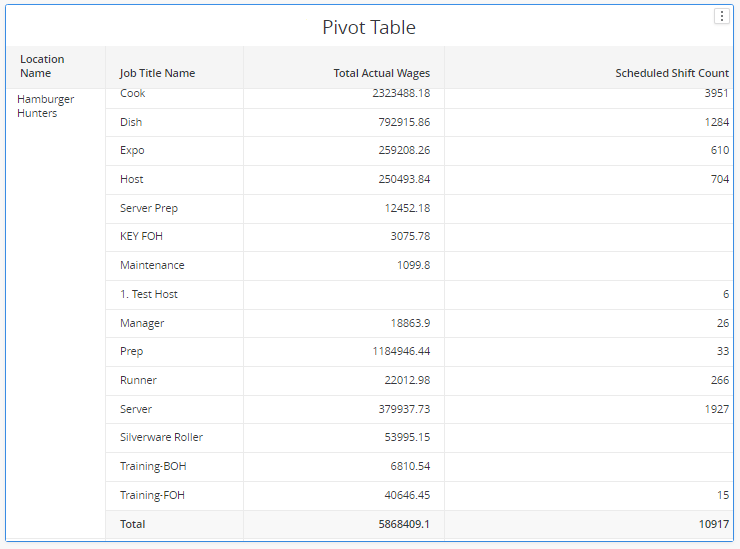
Insights
Listed as Insights+, insights display key signals, trends, and contributing factors within monitored metrics. Insights summarize data patterns without requiring a full dashboard view and link directly to source dashboards for deeper analysis.
Available Insight types include:
Auto Narrative – Generates a plain-language summary describing key metric changes, trends, and anomalies.
Forecast Line Chart – Projects future values based on historical data, displaying predicted ranges with confidence bands.
Linear Trend Line Chart – Fits a straight trend line across historical data to reveal overall direction and long-term performance trends.
Key Driver – Identifies the attributes or factors that most influence changes in a selected metric, ranking them by impact.